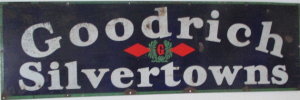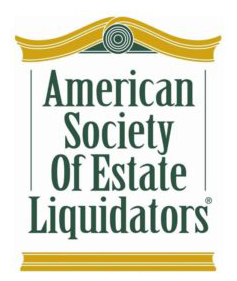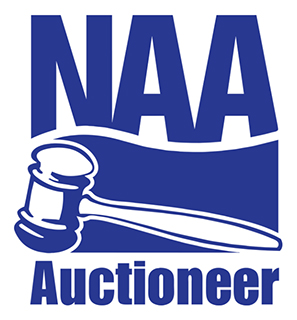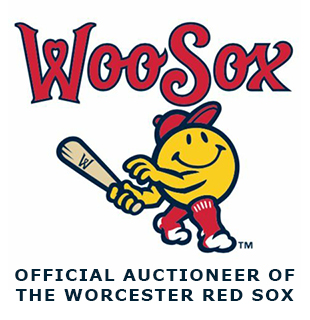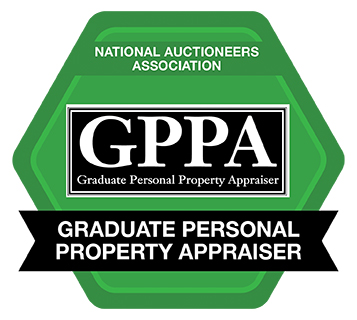We are over half way through our antiques and collectibles top 10 list at number 5. Advertising signs, posters and displays appeal to collectors, dealers, interior designers and people who just want something interesting to hang on their wall.
New England tavern owners and tradesmen used wooden painted signs that would catch the eyes of passersby to promote their businesses. Boots or shoes might be painted on a boot maker’s sign along with the name of the tradesman. A giant eye or a pair of eyeglasses might be peering down as people walked by the storefront of an optometrist. An oversized pocket watch might hang over a jeweler’s shop. A large wooden top hat indicated a hat maker’s shop. Red, white and blue striped poles were easily spotted by someone needing a barber-surgeon. Blood-letting, teeth pulling and other medical procedures were handled by barbers beginning in the 16th Century. The History Channel notes that European barber poles were red and white. The blue was added in America either to symbolize the veins in the blood letting procedure or as a form of patriotism to coincide with the colors of the flag. These signs are considered to be folk art and are an important part of Americana. Values can easily be in the $1,000’s or more.
More sturdy signs could be made of cast iron. There might be a mortar and pestle for a pharmacist or some of the same designs that appeared in wooden signs might be used. Other metals began being used later. Tin signs advertised everything from soda and gasoline to cigarettes and beer. The lithograph process allowed signs to be made cheaper and in larger quantities than the hand painted wooden signs. Enamel was added to some signs to make them more durable. Antique and collectibles can drop and gain in popularity and value but vintage advertising signs have been one area where collector interest remains strong.
Neon and other electric signs are also desirable. Some of the earliest neon signs were made of enamel with neon outlining the letters and design.
What makes a sign valuable? Rarity is one of the factors. The company being promoted is another. Some products like Coca Cola appeal to a huge group of collectors who compete for the best pieces. Of course, condition is also very important. Collectors want to purchase the best examples they can afford.
Companies promoted their wares through a wide variety of other display pieces. Cardboard signs and posters were cheaper to produce than metal signs. Clocks, thermometers and calendars were all used to advertise. Vending machines and even the tin containers the products came in are collectible.
We are offering over 700 items in two upcoming auctions. See www.centralmassauctions.com to preview items in our August 27th live auction in Worcester and our Ludlow, MA online estate auction ending September 2nd. There will be a live preview on August 29th and 30th in Ludlow for that sale.
Contact us at: Wayne Tuiskula Auctioneer/Appraiser Central Mass Auctions for Antique Auctions, Estate Sales and Appraisal Services www.centralmassauctions.com (508-612- 6111), info@centralmassauctions.com

